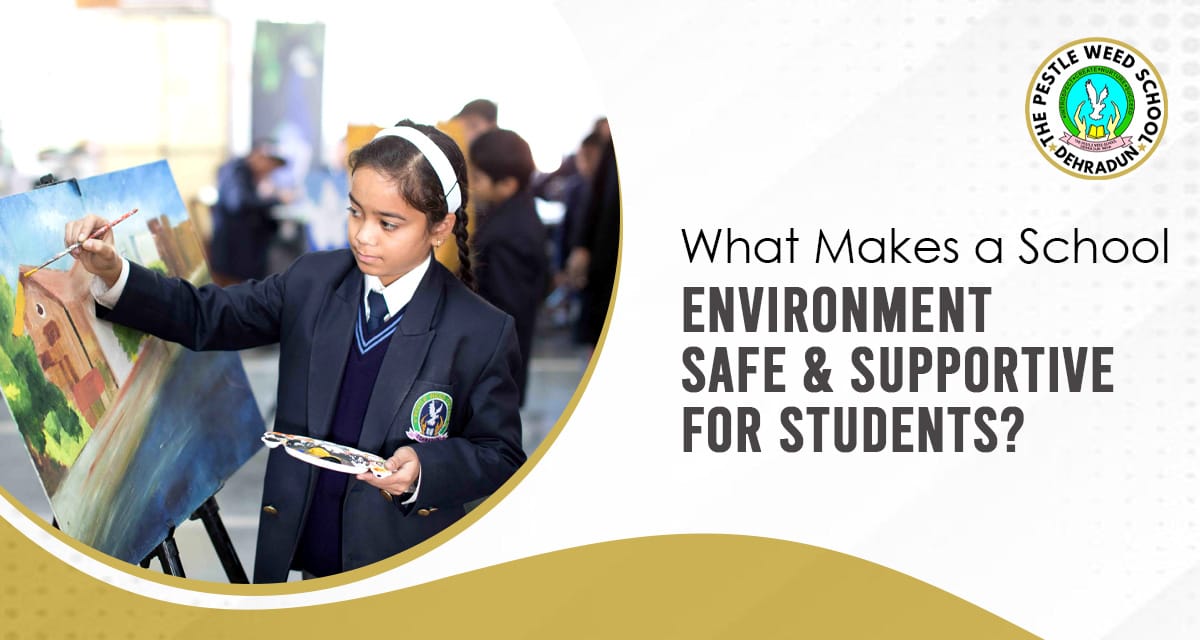
Creating a safe school environment is one of the most important factors in helping students thrive academically & personally. That’s because a safe, supportive school not only fosters positive interactions among students & staff but also encourages children to feel comfortable & focused on their learning.
Safety in schools involves more than just physical security; it also includes emotional & mental safety. When students feel secure, supported & valued, they can develop confidence, resilience & a love for learning that will carry them far beyond the classroom walls.
With that being said, let’s explore the key elements that contribute to a positive school culture & a safe, supportive environment.
Key Components of a Safe & Supportive School Environment
- Clear Safe School Policies & Procedures
A truly safe school environment is built on strong, clear policies. Schools should have a structured set of rules for managing bullying, harassment & other issues that may arise among students. These safe school policies provide students & staff with guidelines for handling situations effectively & preventively. Schools that implement policies for emergency procedures & promote positive behavior create an atmosphere of trust where students know they are protected.
- Supportive & Caring Staff
Teachers, counselors & administrators play a huge role in creating a positive school culture. Supportive staff members are approachable, understanding & always ready to listen to students’ concerns. When students know that they can turn to a caring adult in times of need, it helps them feel safe & supported. Regular training for staff members on handling students’ emotional needs & mental health can make a big difference, as it allows them to provide better guidance & support.
- Inclusive & Respectful Environment
A school that respects & includes students of all backgrounds, abilities & beliefs creates a welcoming space for everyone. When students see their diversity represented & respected, they feel valued & included. Encouraging group activities, teamwork & cross-cultural understanding can strengthen connections & reduce misunderstandings. An inclusive environment promotes empathy, helping students appreciate their peers & creating a positive school culture where everyone feels they belong.
- Focus on Social & Emotional Learning
Teaching students how to understand & manage their emotions is crucial in creating a supportive school atmosphere. Schools that focus on social & emotional learning (SEL) encourage students to develop self-awareness, empathy & strong relationships. This approach also helps students learn how to resolve conflicts in a positive way, which contributes to an overall safer environment. SEL programs also teach students how to manage stress & anxiety, equipping them with skills that support both their mental & emotional health.
- Promoting Open Communication
For a school to be safe & supportive, open lines of communication are essential. Students should feel comfortable speaking with teachers, counselors & even their peers about any issues they might be facing. Encouraging open discussions in a respectful way allows students to feel heard & understood. Regular parent-teacher meetings, student feedback systems & peer support programs all contribute to maintaining a safe school environment where communication is open & transparent.
- Physical Safety Measures
Ensuring physical safety through secure buildings, playgrounds & classrooms is also essential for a safe school environment. Schools should regularly inspect & maintain their facilities & ensure that security protocols are in place. Measures like secure entry points, fire drills & supervised playgrounds contribute to the physical safety of students. When students see these precautions in place, they feel more confident in their school’s commitment to their well-being.
Conclusion
A safe, supportive school environment provides students with the foundation they need to succeed. It’s a space where students are respected, listened to & nurtured. By focusing on policies, emotional well-being, inclusivity & open communication, schools can cultivate an environment that not only protects but also empowers students. The combination of emotional support, social learning & physical safety creates a balanced approach to education that prepares students for challenges both inside & outside the classroom.
For parents searching for a school that prioritizes safety, support & complete education, Pestle Weed School sets a great example. Our school is a place where students are encouraged to explore their potential in an environment that is both safe & nurturing, setting them up for a brighter, more confident future.
